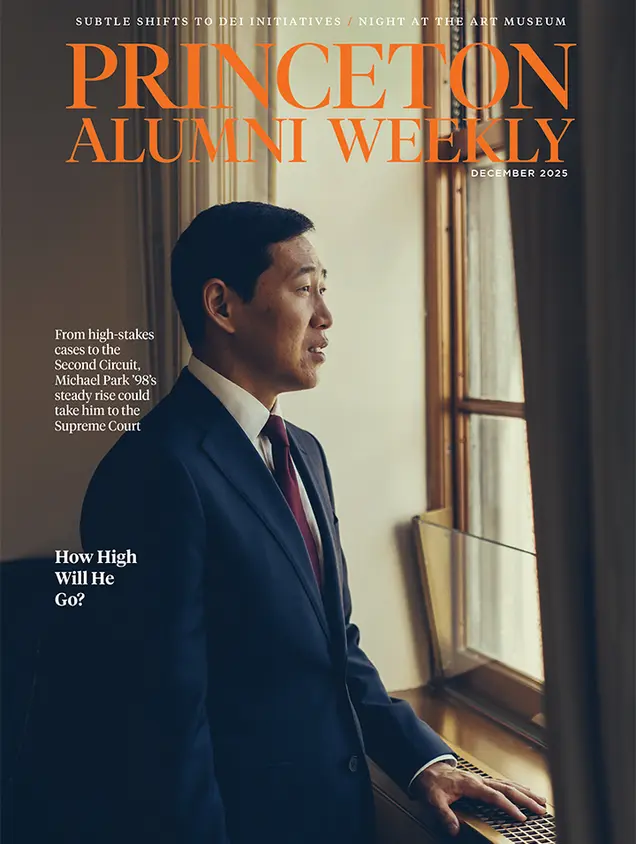Alan McIlhenny ’42
Alan was born at the Ropsley Estate in the Chestnut Hill section of Philadelphia, in 1920. He was the youngest son of Francis S. and Marie Louise McIlhenny. Alan was educated at Groton School, Princeton, and the University of Pennsylvania.
At the age of 11, Alan became an accomplished sailor, and he beat a fleet of adults to win the Seal Harbor Regatta. He was interested in navigation and received special instruction in it from a charismatic teacher at Groton. At Princeton, he wrote a geology thesis that helped his professor prove the theory of continental drift.
After Pearl Harbor, he enlisted in the Army in January 1942. He was accepted as a celestial navigator with Pan American Air Ferries, a unit that became part of the Army Air Force. He flew 100 missions overseas during the war, across thousands of miles of open water, to deliver Lend-Lease aircraft to the British in Cairo, Basra, Palestine, and India, and to the Soviets in Tehran.
After the war he married his childhood friend Polly. During the 1950s, having earned a degree in mechanical engineering, Alan worked, among other things, on the containment vessel for the nuclear-power system of the first nuclear submarine at GE’s Knolls Lab in Schenectady, N.Y. Several patents in hydraulic engineering emerged from his work at Link-Belt Cranes.
Alan died peacefully Sept. 25, 2016, at Birch Bay Retirement Village in Bar Harbor, Maine. He is survived by his wife, Vittoria; his children Helen, Joan, and Alan Jr. ’78; stepchildren Tom and Anna; and eight grandchildren.
Paw in print

December 2025
Judge Michael Park ’98; shifts in DEI initiatives; a night at the new art museum.


No responses yet